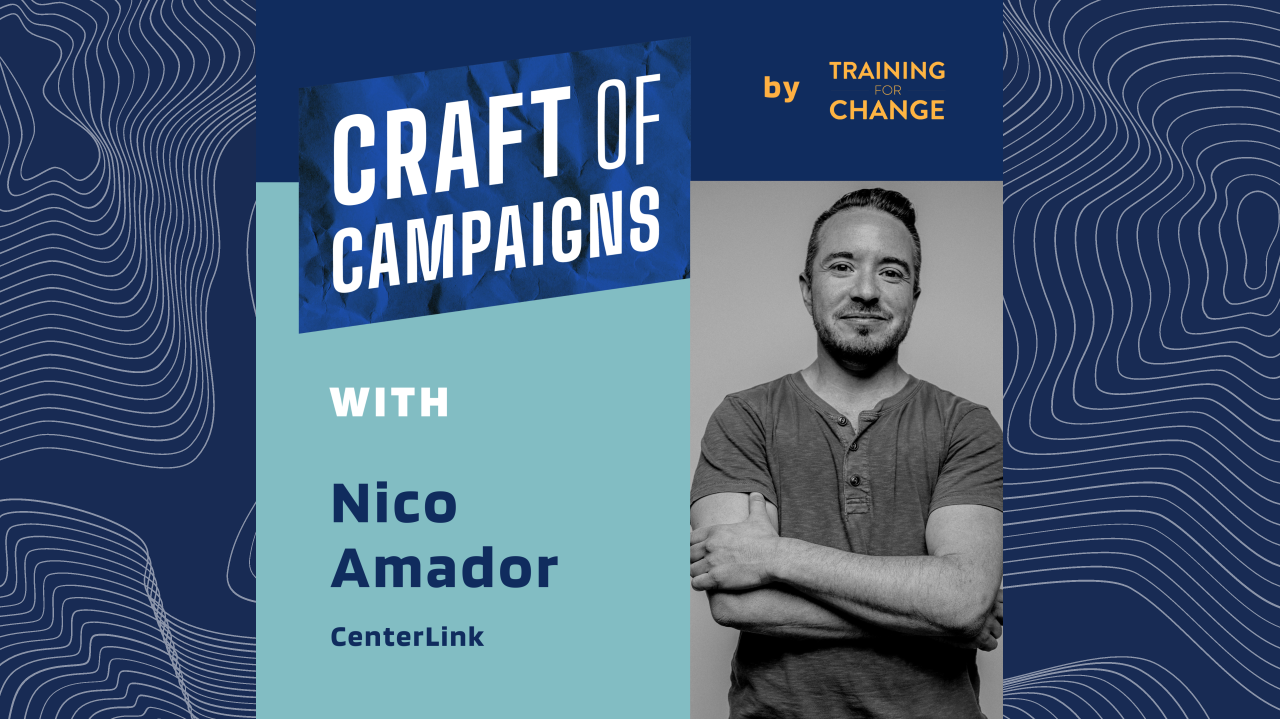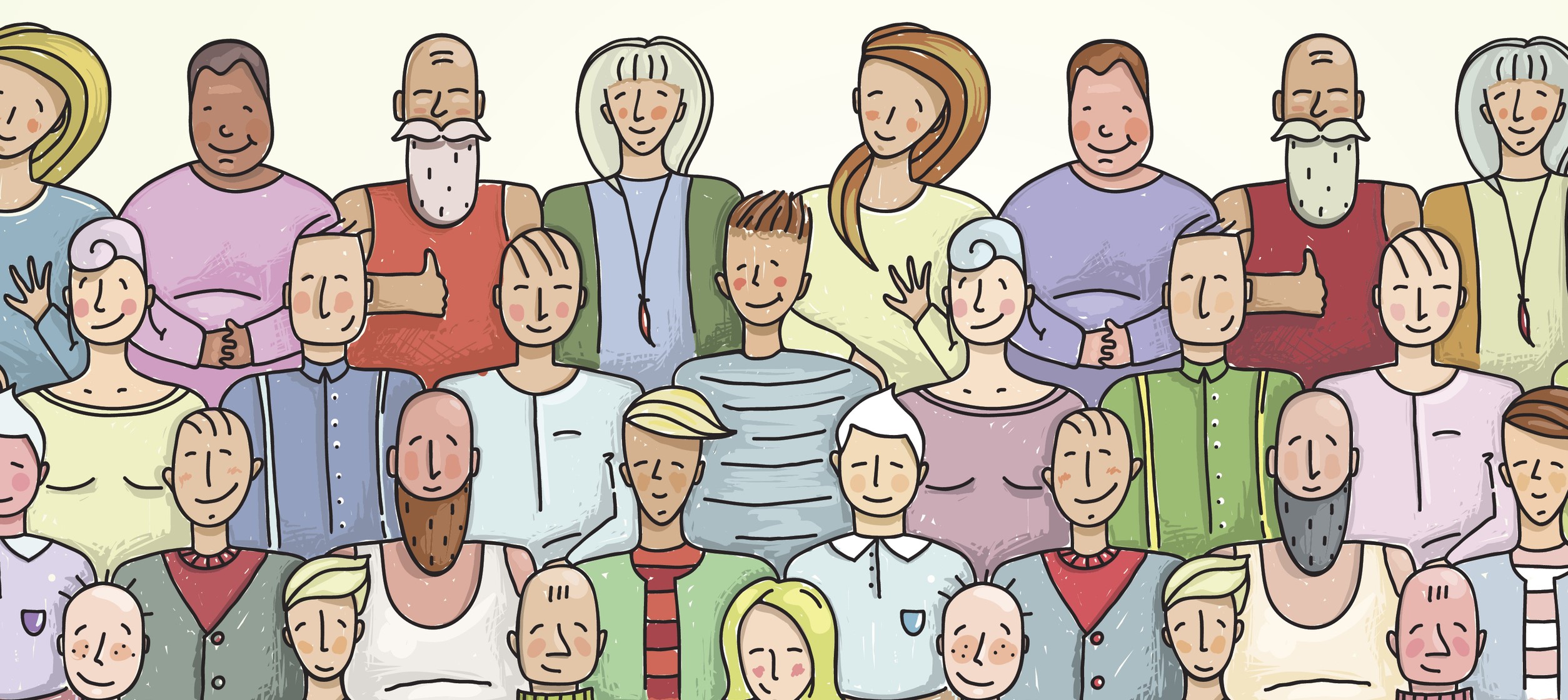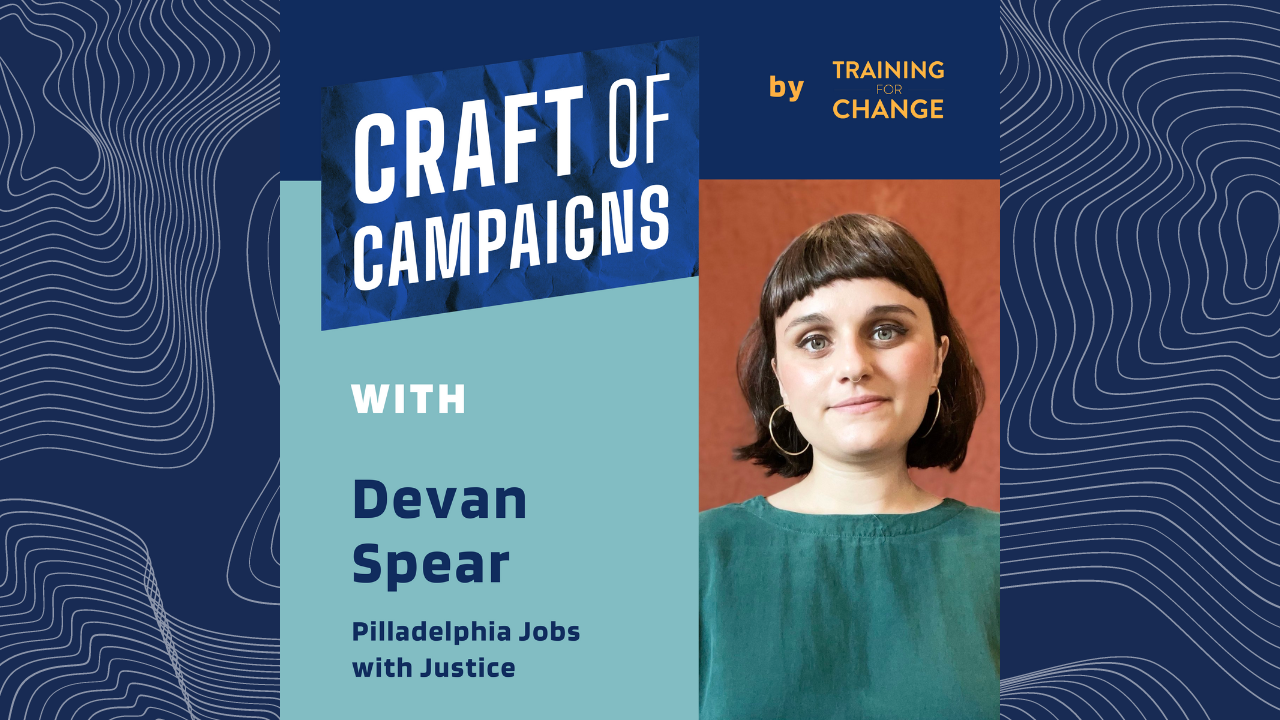We all walk in pairs, wandering through the hallways and tunnels of US representative buildings. We stop in the US Capitol cafeteria, awkwardly avoiding each other's eyes and desperately working to look like we belong in our business casual clothes. Phones ping and suddenly in pairs, in trios, sometimes in dozens, the crowd flows to the rotunda.
The shofar blows, the shirts are revealed, the singing begins. Hundreds of Jews, who came to DC on less than a week’s notice, sitting on the floor in circles, surrounding blessed rabbis in the center, saying loudly, proudly, in utter heartbreaking grief: Jews Say Ceasefire Now. Not In Our Name.
I have been part of numerous direct actions over the past 15 years — but times I’ve been fully in my Jewish faith and in action, I can count on two hands. The last few months of direct action organizing against the ongoing genocide in Gaza have been some of my only sparks of hope amidst devastation and shame. I see these sparks in our movements’ ability to disrupt at scale (with much room for growth), in folks throwing themselves into action for the first time, and in the role of direct action as a place to rest grief, despair, and anger.
If we’re going to stop genocide and prepare for the threats the next few years might bring, we need to move even larger numbers into direct action. To do this, we as organizers across movements need to strengthen our direct action DNA and infrastructure by bringing successful mass direct action models like affinity groups into more common organizing practice. These tried and true decentralized organizing models are key to building scalable and tactically mobile mass movements to disrupt business as usual.
Protest and Direct Action in this Moment
The last six months have seen a huge diversity of protest tactics at work. Mass marches and rallies have shown strength in numbers. They allow for high participation, low barriers of entry, and protection in numbers from state violence especially for Arab, Muslim, Black, and brown people, as well as show broad popular support for a ceasefire.
Activists around the world have also engaged in targeted direct action as part of corporate campaigns calling on companies like Boeing and Elbit Systems to stop enabling genocide. These actions have provided relentless and constant attention and pressure on the corporations enabling Israel’s war on Gaza/genocide, and in the case of Elbit, have been successful!
Our movement has also been engaging in mass spectacle actions – like the one I was a part of at the US Capitol, thousands flooding Union Station in NYC to sit in and disrupt rush hour commute, hundreds in the Oakland federal building holding space until arrested. These spectacle actions include masses of people, causing some amount of disruption and creating iconic imagery for the public and the press. Especially in the early months of the genocide, these spectacle actions were successful in keeping Palestine in the mainstream news and causing disruptive ruptures for everyday people. To move so many people in highly trafficked public spaces, these actions necessitate an element of surprise – which necessitates having organizing structures that can reach people at scale and off the internet!
Jewish Voice for Peace organizers planned the US Capitol action on October 18, 2023 in just five days. At the moment planning began, less than one week after October 7th, the vast majority of elected leaders and the press were terrified to say the word ‘ceasefire,’ and anyone who spoke out against Israel’s bombing of Gaza was immediately called antisemitic. The assessment was that US Jews were uniquely positioned to open up a smidge of political space by centering our Jewish identity to call for a ceasefire. That week, the US House Republicans were debating who should become the new Speaker of the House, so we knew all press cameras would be on the Capitol Rotunda. The location was chosen to maximize as much press attention as possible, push the ceasefire demand onto national news, and demonstrate clearly that there were large numbers of US Jews calling for a ceasefire.
Recruiting 350+ people to risk arrest in DC in less than 5 days required organizing to meet the outpouring of energy and willingness for US Jews to take escalated action. To get hundreds of people successfully into the Rotunda required structures to move people in smaller groups. What we were able to do for the October 18th US Capitol action relied on tried and true direct action infrastructure.
Affinity Groups Return
As organizers, our role is to build the structures for the maximum number of people to take action around what they know is right. Labor and community organizers know full well that base building and organizing people to do hard things at scale requires structure. When we’re thinking about mass direct action that requires humans using their bodies to hold space, we need to think the same way. Many of the mass spectacle direct actions in the past six months – including the Oct 18 US Capitol action – have used an affinity group (or action group) model to do this.
The affinity group model comes out of anarchist organizing during the Spanish Civil War and has been used for mass action for decades – from the anti-war and anti-globalization movement to the anti-nuclear movement to Ferguson to Standing Rock and beyond. This model relies on self-organized teams of people who take action together and also set up internal systems of support to make the action function. Affinity groups/action teams can be organized by geography, identity, friend groups or more.
Multiple affinity groups/action teams come together to communicate with each other in an action spokescouncil. This action spokescouncil also includes core action support roles and creates new teams (jail support, media and communications, tactical, etc) that can be used to make decisions together, coordinate logistics, or share information. The Oct 18 US Capitol action had over 20 action teams from across the country, as well as a jail support team, media team, arts and visuals team, and more. These affinity groups/action teams came together during nightly spokescouncil meetings in the (five day) lead up to the action. At these, a point person from each affinity group would gather information, get questions answered and share opinions on the action – and then bring that information back to their whole action team.
For mass actions, many affinity groups work together on a common action – potentially taking different roles dependent on risk level and interest. Affinity groups can also do their own individual smaller actions. A key defining principle of the structure is quick consensus-based decision-making, allowing all the participants in the action to make decisions that work for them.
But the affinity group model also allows impressive scale, because there is no limit on how many new groups can form and join the spokescouncil. This model is a vital structure for moving large numbers of people both into direct action and during direct action.
Veteran direct action practitioner Lisa Fithian writes in her book Shut It Down about the 1980s Pledge of Resistance which used decentralized affinity groups to stop US intervention from El Salvador and Nicaragua, “The model melded together staff members at organizations with unaffiliated activists. The Pledge could move fast; it could move big, it could move small, it could move in multiple places or one place at a time, and…it could move on a large scale to shut down big centers of power.”
Why They Work
In the past six months, the affinity group model has taken off – and just like any model, is evolving to meet the moment! Here are some reflections on how and why this model is working:
-
Recruitment success – building on decades of relationship-building and organizing, organizers were able to recruit hundreds of people to come to Washington D.C. in mere hours – and put them into a structure that didn’t require the person who recruited them to continue to do follow-up. Once recruited, the affinity group structure took over. Each affinity group’s lead person would be responsible for making sure a participant had all the information, and information flowed through the affinity group structure either horizontally between affinity group members or from the affinity lead. Questions would get answered quickly and fears could be talked through – at a scale beyond what one organizer could hold. Affinity groups were expected to fill their teams, so participants in the action became recruiters, reaching out to friends and family. In a moment when lots of new people wanted to take action, the structure helped hundreds of new people (previously not on anyone’s organizing lists!) to enter. Trainings served as an important intake point especially for newer activists. By hosting semi-public trainings (that have vetting and security practices built-in), we were able to skill up and then move people in affinity groups quickly.
-
Building relationships – Often affinity groups in this moment have thrown together people who didn’t previously know each other; yet in the process of taking action together, naming their affinity group (sometimes extremely silly names!) and then sharing intimate things (health needs, fears, and triggers), relationships that outlast rapid response moment are built. These relationships are vital for building our movement long-term – and even more so, for when things potentially “go wrong” at an action. In the face of police or vigilante violence (or even just not reaching your action goal), affinity groups can provide communities of care and places for debrief in a particularly hands-on way.
-
Leadership at scale – Community organizers know that the leadership engagement ladder can take years. But in rapid response moments, significant political and leadership development can happen in mere weeks. Affinity groups allow members to move into new roles and develop new skills – are you the support person this time, tracking each of your fellow affinity groupmates needs? Are you the spokesperson, communicating with your team and with the overall spokescouncil structure? Are you answering questions for a newer participant? Because the affinity group structure is so horizontal internally, there is often built in support and training for people taking on new roles from other affinity group members.
-
Centralizing the action logic – The affinity group model is certainly one that lends itself to decentralized and often horizontal decision-making, where everyone’s input and voices are heard. Yet one attribute that I have observed from the use of the affinity group model in this moment has been the clear action logic and strategy led by longer-term organizations engaged in the fight for Palestinian liberation – and participants’ willingness to trust decisions. This centralization has met the high stakes of this moment – with such intense forces set to divide us – and allowed a unique example of political discipline. Organizers have modeled how to explain action logic clearly and fully so that people feel their time is valuable, how to answer questions fully and openly, and how to set important core principles. For example, during the Capitol action, organizers held a clear line that a visual of mass Jewish resistance to genocide was the key priority – instead of having action groups visit their legislators in a more distributed way. The blending of distributed organizing with centralized but transparent strategy is something that has felt uniquely successful.
For the future
Just like community and labor organizers hone our basebuilding structures, we as organizers in the midst of a mass movement need to hone our direct action structures. The more that our movements and organizations use the same structures for direct action, the more likely we are to easily work together at scale. Returning to and building affinity group structures should be a component of our organizing praxis – both to prepare for future rapid response moments and to integrate direct action into strategic campaigns. With structures that can move hundreds and sometimes thousands of people in the streets in a disciplined way, we have an even larger realm of possible tactics available to us for scaled disruption.
Action councils in every city could be regularly coordinated for scaled disruption on shared days (as we just saw with April 15 Tax Day actions for Palestine), or around shared tactics (highway shutdowns for Chanukah) or around infrastructure (Israeli ship blockades). With more deliberate building and organizing, the direct action happening in this moment could become permanent infrastructure for our movements.
With the continuation of the genocide against Palestinians in Gaza and increasing destabilization in the United States, building and maintaining mass direct action capacity is vital for the American left — and a necessary component of how we prepare for the risk of rising fascism. Building this capacity requires forethought, training and a commitment to using similar direct action DNA across movements in order to maximize our impact.





